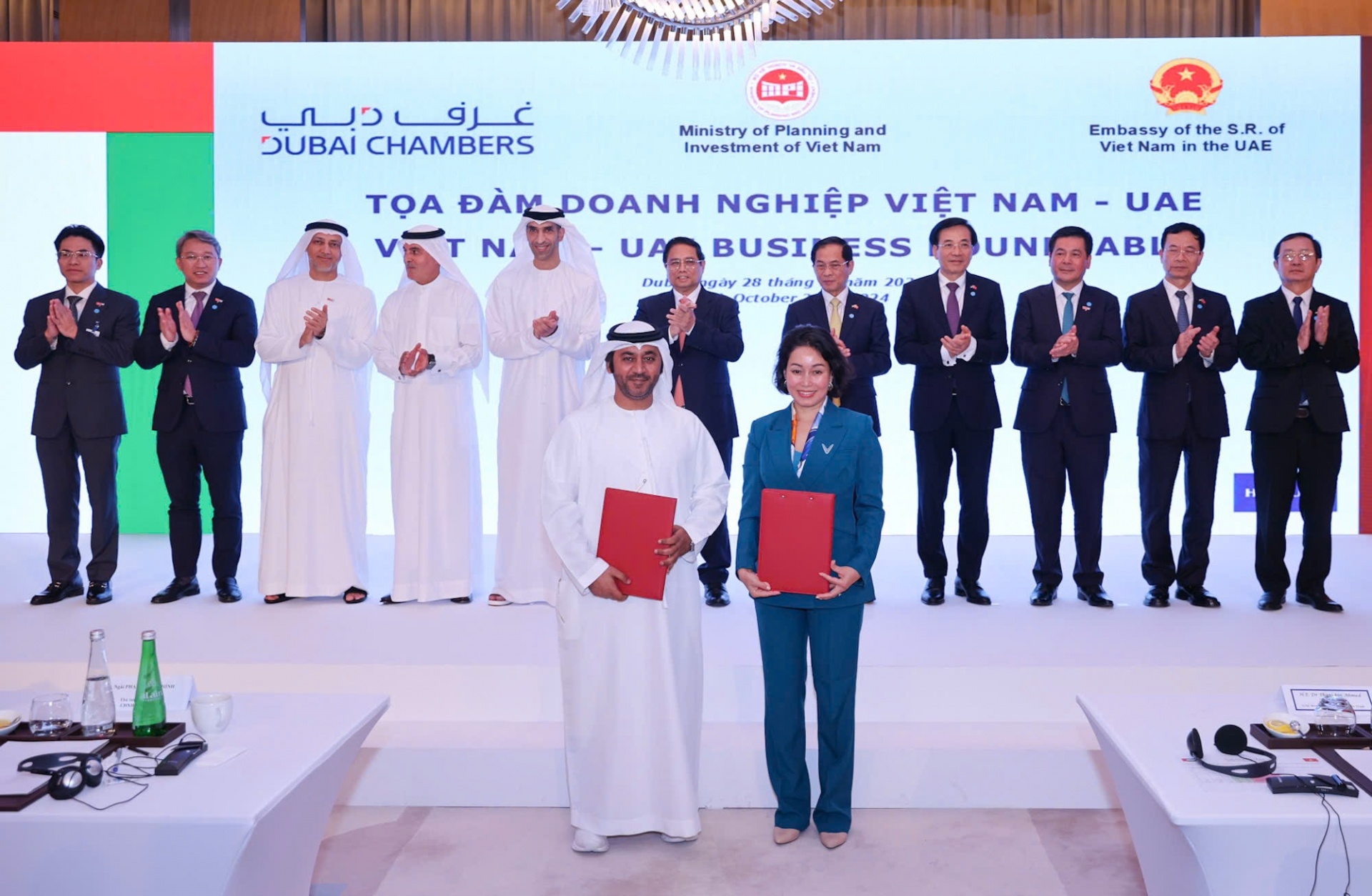A bold green vision
 |
| Vietnam is extremely vulnerable to climate change impacts |
Deputy Prime Minister Vu Van Ninh told last week’s Asia-Europe Meeting (ASEM) Green Growth Forum in Hanoi that Vietnam would continue cooperating with ASEM member nations to address global challenges, especially climate change, food and energy insecurity and environmental pollution, for the community’s green growth.
“In an increasingly globalised, integrated and interdependent world, no single country or single region can tackle these challenges on its own. So it is high time for us to act together and act vigorously to find out new growth models. I am convinced that the green and sustainable growth pattern represents a promising path for all of us,” Ninh said.
The forum was initiated by Prime Minister Nguyen Tan Dung in October, 2010 during the 8th ASEM in Belgium, which “stressed the importance of boosting sustainable production and consumption via boosting construction of a low carbon economy.”
“This forum has demonstrated the efficiency and effectiveness of ASEM cooperation, and how accountable and proactive ASEM is in addressing global challenges to make our planet a greener and better place,” said Doan Xuan Hung, Deputy Minister of Foreign Affairs.
“For its part, as prescribed in the Socio-Economic Development Strategy 2011-2020, Vietnam is set to pursue rapid and sustainable development, while promoting economic growth in parallel with social progress, justice and environmental protection. We are also working on a draft strategy framework on green development for 2011-2020 with a vision to 2030,” Ninh said.
According to the United Nations Development Programme, Vietnam’s per capita greenhouse gas (GHG) emission volumes remained far lower than many developed nations, but sharply augmented, from 0.3 tonnes in 1990 to 1.2 tonnes in 2000, when the world’s average per capita GHG emission volume was 4.4 tonnes.
Under the draft strategy framework, developed by the Ministry of Planning and Investment, the country will reduce 10-20 per cent and 35-45 per cent of GHG emissions in energy-related activities from now to 2020 and to 2050, respectively.
Miyon Lee, director general of South Korea’s International Cooperation Team of the Presidential Committee on Green Growth, told VIR that Vietnam needed the political will to meet these commitments and green growth education must be stepped up.
“Particularly, Vietnam also needs very strong international support for green growth. With its current economic conditions, Vietnam cannot build its green economy on its own,” she said.
South Korea is among some ASEM members to take the lead in achieving green growth. “We have made our national policy for green growth and have a central committee for green growth. We also coordinate all national policies on climate change and energy use management. This can be a good lesson for Vietnam,” she said.
She said Vietnam was beginning its 2011-2015 socio-economic development plan, but had no specific green growth strategy. So it was very important that Vietnam set up mechanisms to create a green technology market, have long-term infrastructure development to adapt to climate change, and offer a good playground to the private sector in contributing to green growth, she added.
Minister of Natural Resources and Environment Nguyen Minh Quang underscored Vietnam’s need for technological and financial support from international organisations and ASEM developed member countries, so that the country could achieve the green growth target and sustainable development.
The ASEM includes 48 member nations including 17 Asian ones and 28 European ones, and Russia, Australia and New Zealand. ASEM represents over 60 per cent and 55 per cent the world’s population and gross domestic product, respectively.
What the stars mean:
★ Poor ★ ★ Promising ★★★ Good ★★★★ Very good ★★★★★ Exceptional
Related Contents
Latest News
More News
- Japanese ODA is massive contribution for Vietnam (October 29, 2024 | 12:04)
- Five consortiums interested in Quynh Lap LNG plant (October 28, 2024 | 18:06)
- PM Chinh courts Lulu Group for Vietnam expansion (October 28, 2024 | 17:55)
- Vingroup establishes $150 million venture capital fund (October 28, 2024 | 17:02)
- Gotion to invest in lithium battery plant in Ha Tinh (October 28, 2024 | 16:02)
- Food market entices foreign business (October 28, 2024 | 11:03)
- Ca Mau ramps up preparations to achieve ambitions (October 28, 2024 | 09:16)
- Hanoi sets dual path through green and digital transformation (October 26, 2024 | 09:00)
- Vietnam outlines measures for 2025 trade ambitions (October 25, 2024 | 15:46)
- High-speed rail could yet become reality (October 25, 2024 | 10:32)



 Tag:
Tag:




















 Mobile Version
Mobile Version